Ikat fabric: Traditional Textile and Ornament of Indonesia, Sumba Island
Sumba is an island untouched by modern tourism. Sumba has something to offer. Beautiful ikat weaving, which is known throughout Asia and a very interesting megalithic culture with unique funeral rituals. The island is surrounded by pristine nature with beautiful and secluded white sandy beaches.
The most popular art and craft of Sumba is a woven fabric called Ikat. Each region on Sumba Island has its own variety of ikat motifs and patterns; in Vanokaka, Lamboye, and also in Tana Riga, there is kain (rag-cloth), panggiling, pahikung and pawora, while in the Loli region there is a cloth called kain lambolage. Weaving ikat throughout Sumba has social, religious and important traditions. Various types of ikat fabric are associated with the technique of making patterns and dyeing.
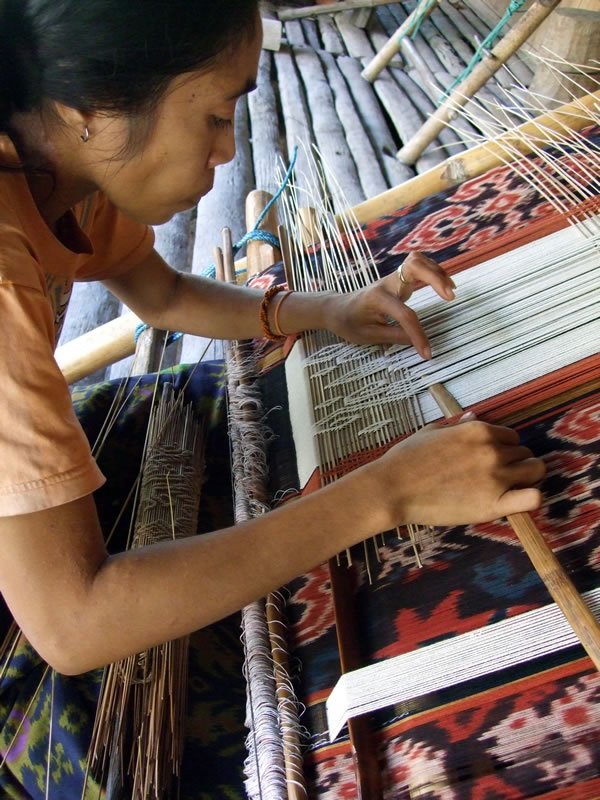
This region is better known for its weaving ikat. Traditionally, only members of the higher clans and their personal assistants used it only for special ceremonies. During an important funeral, the corpse was dressed in the best fabrics to look good in the afterlife, and piles of excess tissue were often sent along with the dead. Later, the Dutch began to export ikat to Europe and Java, where it quickly became very popular.
Horses are still used for transportation on Sumba and are a symbol of high status; large grassy fields deep in the island are well suited for horse riding.
Woven motifs in the region of Western Sumba are usually quite small and a bit abstract, unlike motifs in Eastern Sumba. Fabric motifs for men usually consist of lines, dots, and mamoli (typical Sumba ear jewelry) around the edges. While female motifs consist of a rhombus (as a symbol of the eyes of a buffalo) and a triangle (as a symbol of a ponytail). According to experts, the motives are taken from objects that are given by men for their future bride, i.e. dowry.
The impressive and very famous Sumba ikat is made from cotton yarn, traditionally dyed by local plants (Kombu Indigo) and minerals. In the summer, after harvesting, women begin to weave, and one piece of fabric can take one year.
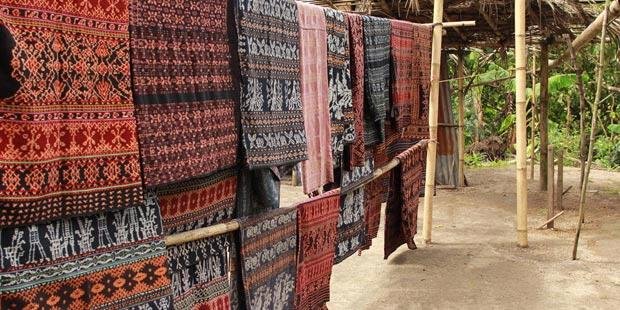
On some types of ikat, chicken shells and multi-colored beads are complexly applied in accordance with old artistic traditions. Ikat textiles are used for exchange at important ceremonies and show their social status. At the funeral, the finest fabrics are placed in the grave for use in the afterlife.
Like a craft or art form, ikat varies widely from country to country and from region to region. Samples can have symbolic ritual meaning or can be designed for export trade. Ikat is often a symbol of status, wealth, power and prestige. Perhaps due to the complexity and time taken to make ikat, some people believe that the fabric is saturated with magical abilities.
How is ikat made?
Ikat, created by coloring the base, is the easiest way to make. Before warp threads are attached to the loom, they are bundled. Each set is tied and dyed separately so that a pattern appears when setting up the loom. This requires a good skill. Tightly bonded bundles are sometimes coated with wax or other material that prevents the penetration of dyes. The process is repeated several times for complementary colors.
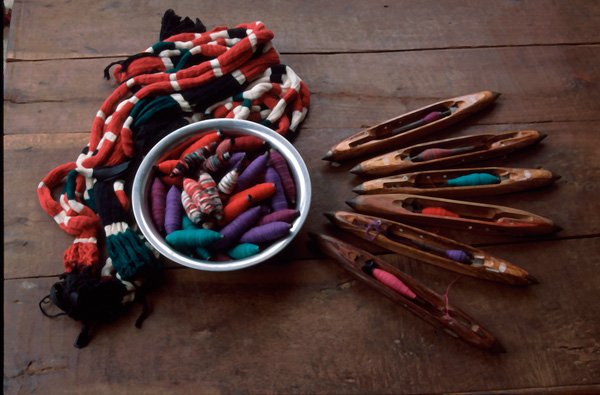
After the threads are dyed, the loom is set up. The pattern is invisible to the weaver when the dyed threads are used as the warp. The threads can be adjusted so that they align correctly with each other. Coloring the duck greatly complicates the manufacture of ikat with a precise pattern. Weft is one continuous thread that goes back and forth, so any errors in how the thread is tied and dyed accumulate.
Authentic ikat is still made using natural dyes. The blue color comes from indigo, the red color is from a mixture of the bark and roots of the Mengkudu tree. The combination of red and blue gives, depending on the intensity, two colors, brown, purple or black. Some ikats have an extra yellow color from the bark of the Kayu Kuning tree.
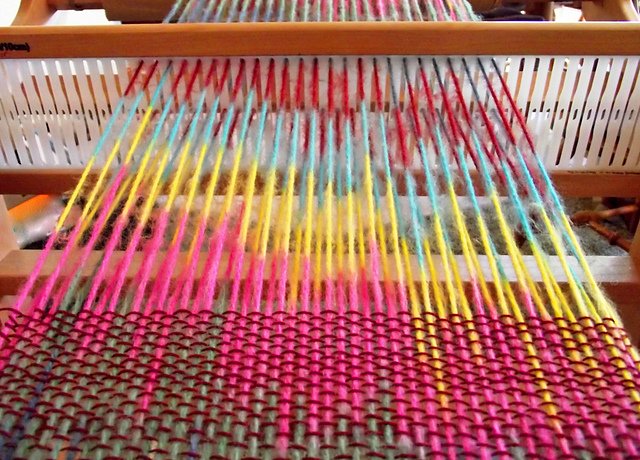
With the development of modernization, the advent of cotton spinning equipment, a machine that effectively spins cotton thread can now be bought to speed up the weaving process. However, machines are typically used in production, which can produce ikat in large quantities per day.
Good-quality textiles are currently purchased directly from various villages in Sumba, and many local and international exhibitions are being organized. Ikat Sumba is even shown in museums around the world as an example of the highest quality textile design. And this ikat fabric can be classified by UNESCO as an intangible world heritage. This proposal could prevent the disappearance of Sumba ikat textiles, as well as save, protect, develop and bring some benefit to the issue of local incomes.

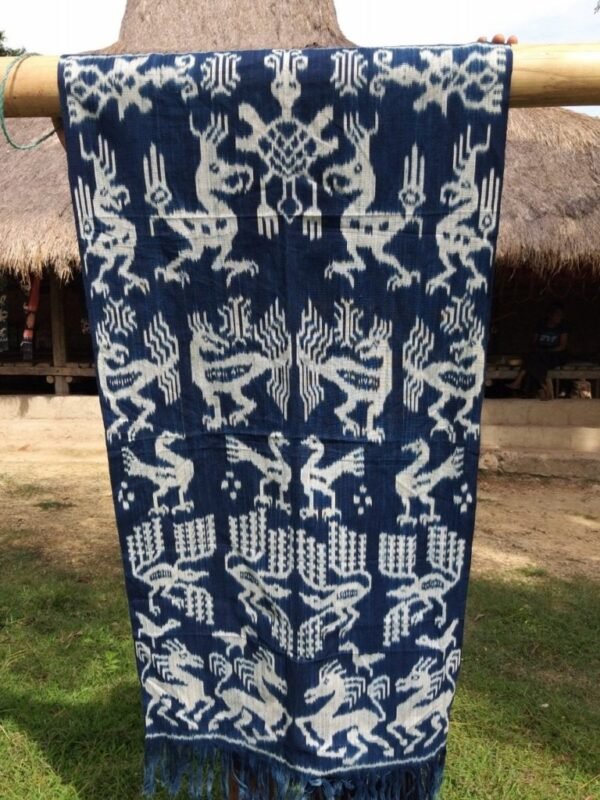
Indonesian ikat fabric

